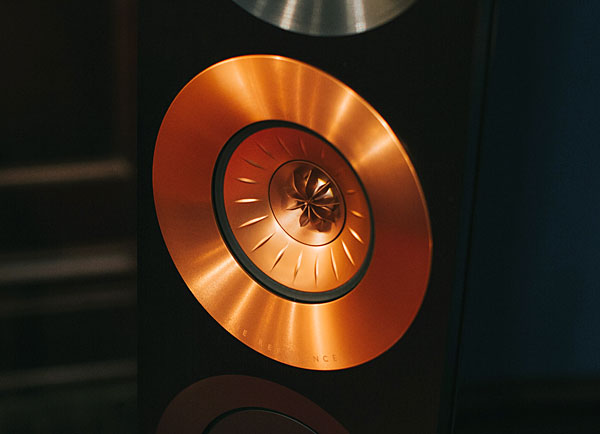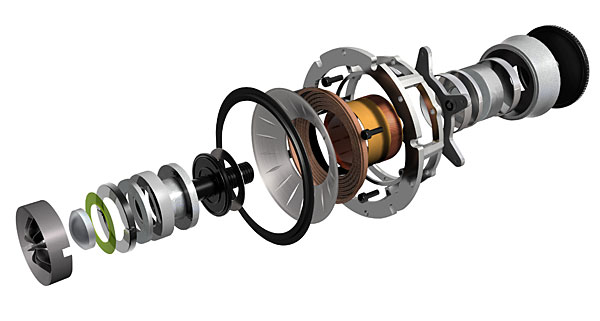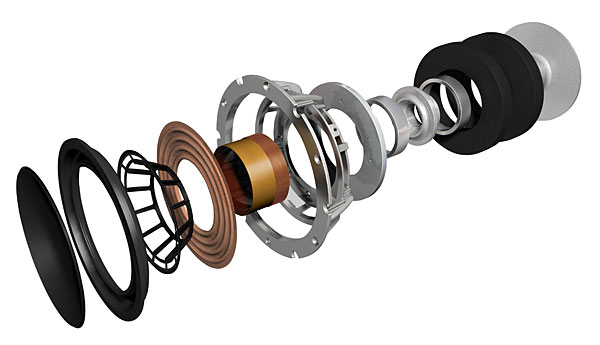| Columns Retired Columns & Blogs |
The last two photos on page 2 are not of the Reference 5. The last one is the Reference 3, the one above... dunno what it is but it ain't the Referene 5.
Also, the treble rolloff compared to the Blade 2 was interesting and unexpected.
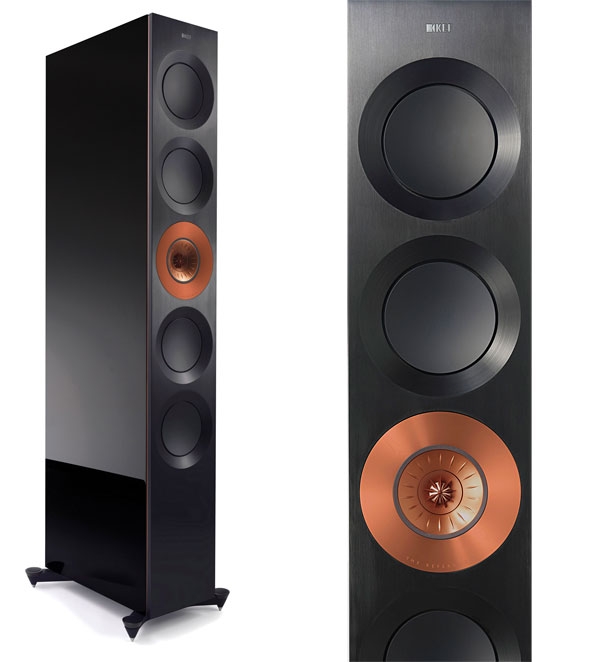
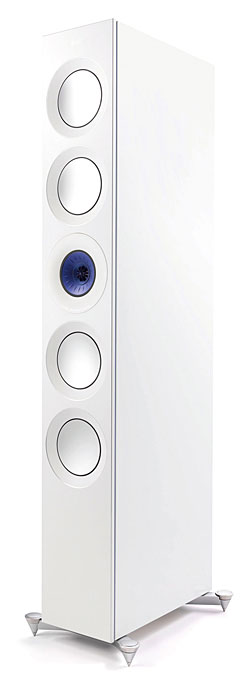 Design
Design